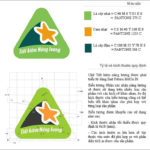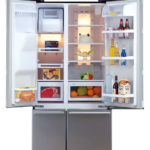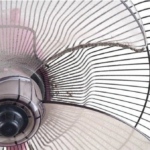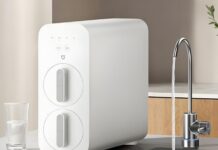With the advancement of technology, modern air conditioners are equipped with various operating modes, offering users convenience and a range of experiences. One of the most popular modes is “Dry” (Dehumidify), which many believe can help save energy. But is this true? Let’s explore and find out!
1. Does the ‘Dry’ Mode on Air Conditioners Save Energy?
What is Dry Mode?
Dry mode on air conditioners, also known as dehumidifying mode, primarily functions to remove excess moisture from the air, making the space feel drier and more comfortable. This mode operates by passing the indoor air over the evaporator coil, where moisture condenses and drips away, returning dry air to the room.
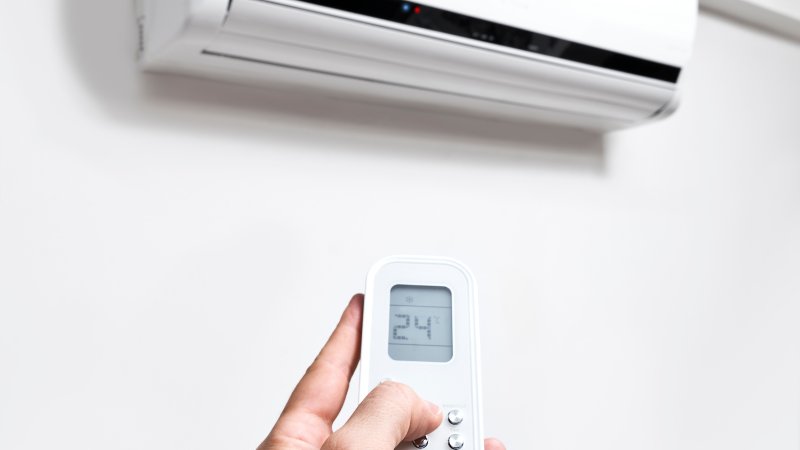 What is Dry Mode?
What is Dry Mode?
When to Use Dry Mode?
-
Use Dry mode during humid days with high moisture levels in the air (60% and above) that make you feel uncomfortable.
-
Use it when you need to dry clothes or items in the house.
-
Combine it with a fan to enhance dehumidification.
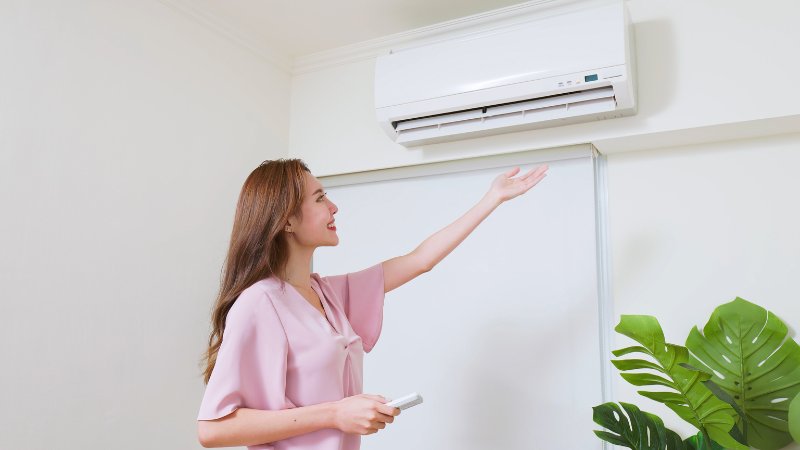 When to Use Dry Mode?
When to Use Dry Mode?
Advantages of Dry Mode
-
Saves energy compared to Cool mode.
-
Creates a dry and comfortable space, especially during humid seasons.
-
Helps preserve clothes and items in the house.
Disadvantages of Dry Mode
-
It doesn’t cool the room, so it’s unsuitable for hot summer days.
-
Prolonged use may make the air too dry, affecting your health.
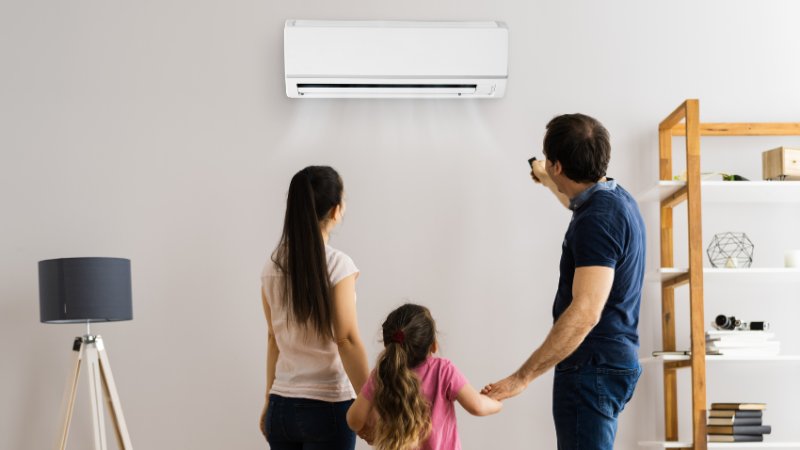 Advantages and Disadvantages of Dry Mode
Advantages and Disadvantages of Dry Mode
Notes on Using Dry Mode
-
Combine it with Cool or Auto mode for balanced dehumidification and cooling.
-
Avoid using Dry mode for extended periods; use it only when necessary.
-
Consider using an air purifier to maintain optimal humidity levels.
Comparison with Other Modes
-
Cool: The standard cooling mode suitable for hot summer days.
-
Auto: This mode automatically adjusts temperature and humidity, ideal for busy individuals.
-
Eco: The energy-saving mode that reduces the air conditioner’s power consumption.
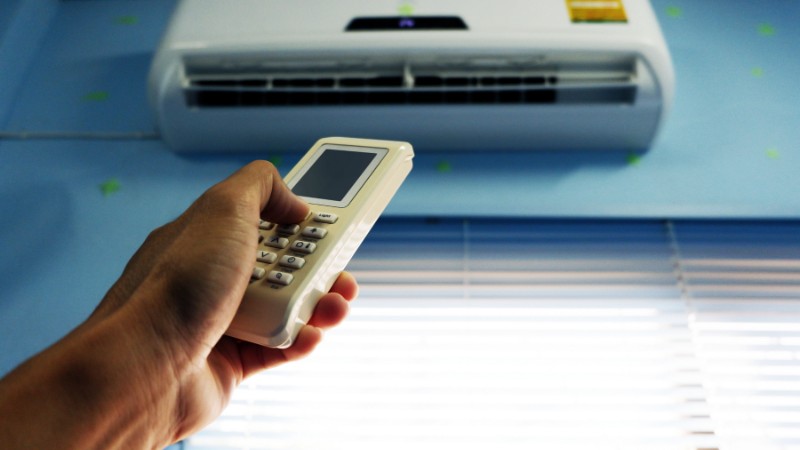 Notes on Using Dry Mode
Notes on Using Dry Mode
Dry mode is a valuable feature on air conditioners, helping you deal with humidity and stay comfortable during hot seasons. However, it’s essential to use this mode judiciously to maintain health and save energy.
2. How to Use Air Conditioners Efficiently During Summer
Avoid Frequently Turning the Air Conditioner On and Off
Frequently turning the air conditioner on and off increases its workload as it has to work harder to reach the desired temperature, resulting in higher energy consumption. Instead, maintain a stable room temperature by using the timer function or a fan for additional cooling.
Set the Temperature Above 25°C
Setting the air conditioner’s temperature too low increases the risk of heat shock when going outdoors and raises energy consumption. Opt for a temperature between 25°C and 28°C for a comfortable and energy-efficient environment.
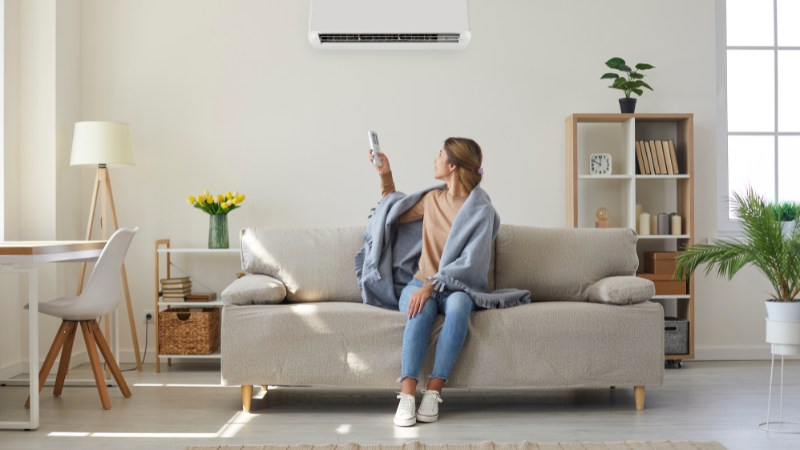 Avoid Frequently Turning the Air Conditioner On and Off
Avoid Frequently Turning the Air Conditioner On and Off
Combine Air Conditioner with a Fan
Using a fan with your air conditioner helps circulate cool air more effectively, making the air conditioner more efficient and energy-saving. Position the fan facing the window to push warm air out and draw cool air in.
Choose the Right Air Conditioner for Your Space
Select an air conditioner suitable for your room size. For instance, for a 15m2 room, choose a 9000 BTU (1HP) unit; for a 15-20m2 room, opt for 12000 BTU (1.5 HP), and for spaces over 20m2, consider 18000 BTU or 2 HP and above. This ensures effective cooling without wasting energy.
Indeed, the “Dry” (Dehumidify) mode on air conditioners can save energy in certain situations. Compared to the standard cooling mode (Cool), Dry mode consumes less energy as it focuses on removing moisture instead of lowering the room temperature.
However, the energy-saving effectiveness of Dry mode also depends on factors like room humidity, outdoor temperature, and air conditioner capacity.
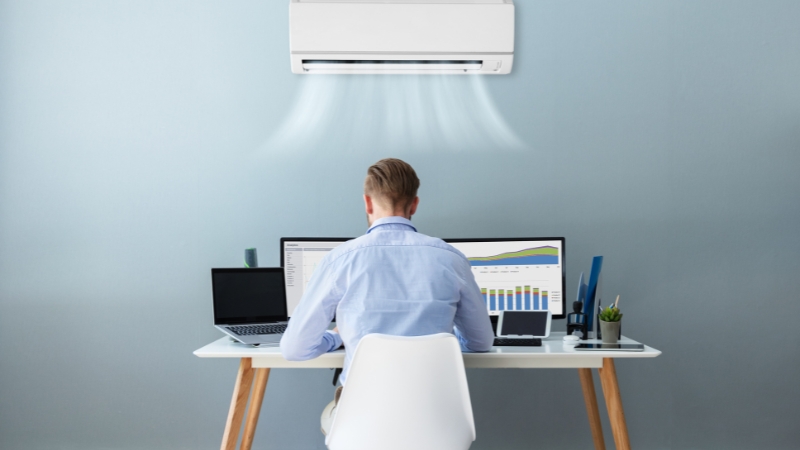 Choose the Right Air Conditioner for Your Space
Choose the Right Air Conditioner for Your Space
Use your air conditioner intelligently and efficiently to contribute to environmental protection and reduce your family’s energy costs.
Extending the Lifespan of Your Refrigerator
When it comes to storing a large quantity of perishable food items in the refrigerator, it is crucial to have excellent organizational skills to maximize the space and ensure optimal airflow. By strategically arranging the items and leaving appropriate gaps between them, you can promote better air circulation, resulting in reduced energy consumption.

























